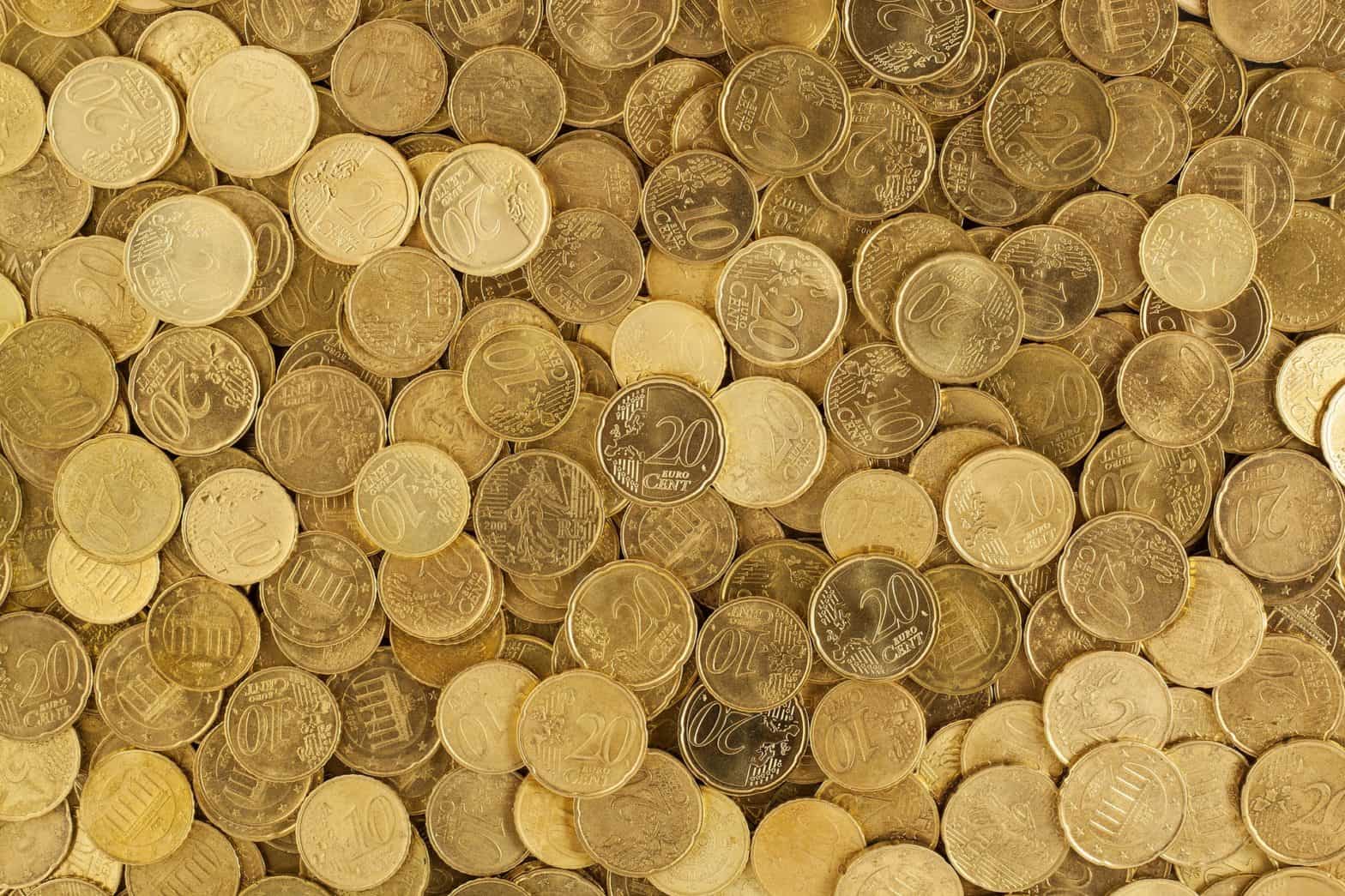Table of Contents
*This post may contain affiliate links. As an Amazon Associate we earn from qualifying purchases.
Worth its weight in gold. As good as gold. Gold standard. Like Fort Knox.
We are all familiar with these expressions. But when we actually take a step back and look at the history and value of gold, they take on a new meaning.
Ounce per ounce, what is gold actually worth? Why is gold so valuable, desirable, or “good?” What is the gold standard? And why do we liken anything impenetrable to Fort Knox.
The Wealth of Fort Knox, The U.S.’s Gold Depository
Did you know that Fort Knox was built to house – and hide – the U.S. gold reserves? Fort Knox is the official U.S. Bullion Depository which houses the majority of the official United States gold reserves. Fort Knox is one of the most secure facilities in the world.
While it does not store all of nation’s Gold – the rest of it reside at West Point (1,700 tons), the U.S. Mint at Denver (1,400 tons), and the New York Federal Reserve (400 tons) – Fort Knox is home to roughly 4,500 tons of gold.
Occasionally, Fort Knox will temporarily hold other precious items belonging or entrusted to the federal government. It is estimated to hold roughly 2.3% of all the gold ever refined throughout human history.
The Security of Fort Knox and Why it was Built to Become the U.S. Gold Depository
In a controversial move, U.S. President Franklin D. Roosevelt issued Executive Order 6102, outlawing the private ownership of gold coins in 1933. American citizens were forced to sell their gold coins, gold bullion, and gold certificates to the Federal Reserve.
Resulting from this directive was a massive uptick in the amount of gold held by the Federal Reserve. The value of the Fed’s holdings increased from $4 billion to $12 billion between 1933 and 1937.
With a large gold reserve and no place to store it, the U.S. Treasury Department began construction of the United States Bullion Depository at Fort Knox, Kentucky, in 1936. The land was transferred from the military, and is still surrounded by an active U.S. Army fort guarded by the U.S. Mint police.
In addition to the surrounding security, its multi-layered security measures include a 22-ton blast-proof door, thousands of cubic feet of granite and concrete, and nearly 1.5 tons of steel.
Other Valuable Holdings in Fort Knox
During World War II, the depository held two of the most important documents in history: the original U.S. Declaration of Independence and the U.S. Constitution. It held the reserves of European countries and key documents from Western history. For example, it held the Crown of St. Stephen, part of the Hungarian crown jewels, given to American soldiers to prevent them from falling into Soviet hands. The repository held one of four copies (exemplifications) of Magna Carta, which had been sent for display at the 1939 New York World’s Fair, and when war broke out, was kept in the US for the duration.
During World War II and into the Cold War, until the invention of different types of synthetic painkillers, a supply of processed morphine and opium was kept in the Depository as a hedge against the US being isolated from the sources of raw opium.
The Controversy and Skepticism Surrounding Fort Knox
America keeps its gold under lock and key – as well as thousands of tons of steel and concrete. The U.S is tight-lipped about its gold and has a reputation for being secretive and not transparent about its gold holdings. The skepticism was exacerbated when the U.S. went off the gold standard in 1971. In order to address the skepticism, then-Mint Director Mary Books led the first-ever public tour of Fort Knox in 1974, including several members of Congress and news media.
According to Ed Moy, former director of the U.S. Mint, the Inspector General of the U.S. Treasury and the Office of the Chief Financial Officer of the U.S. Mint conduct an audit of the gold in Fort Knox every year.
The Fort Knox of Silver and the World’s Largest Depository of Gold
The West Point Mint is the secondary federal bullion depository for gold and silver. Since 1937, it has served as a storage facility for silver bullion and was nicknamed “The Fort Knox of Silver.”
While Fort Knox holds the vast majority of the United States’ gold reserves, the Federal Reserve Bank of New York Building serves as the gold depository for 36 foreign central banks. With total holdings (as of 2015) amounting to approximately 6,350 tons of gold, the Fed’s New York vault contains the world’s largest depository of gold.

